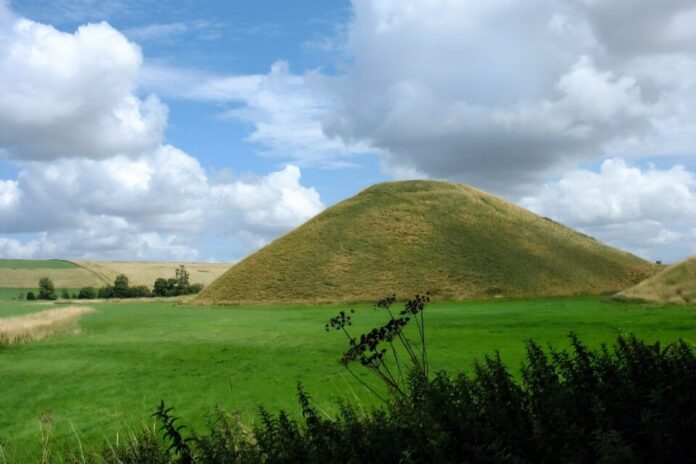Fluctuations in human populations in Neolithic Europe were significantly influenced by variations in climate, as revealed in a study led by Kiel University in Germany and published recently in the journal PLoS ONE.
To reach these conclusions, the experts leveraged the archaeological record, a crucial tool for delving into the intricate interplay between humanity and the environment.
Focus of the study
The researchers focused on Central European areas rich in both archaeological and geological data related to climate, utilizing these resources to draw connections between shifts in human populations and climate transformations.
The areas under scrutiny included the Circumharz region in central Germany, the Czech Republic/Lower Austria region, and the Northern Alpine Foreland in southern Germany.
How the research was conducted
The team compiled nearly 3,400 radiocarbon dates from archaeological sites across these regions, using them as proxies for ancient population sizes. The underlying premise was that larger populations would leave behind more artifacts, resulting in a greater number of radiocarbon dates.
Climate insights were gleaned from cave formations within these areas, offering a window into past climatic conditions. The time frame of the study spanned from 3,550 to 1,550 BCE, covering the Late Neolithic to the Early Bronze Age.
What the researchers learned
The findings highlight a clear interrelation between climatic conditions and human population dynamics. Periods characterized by warm and wet climates were generally associated with population growth, possibly driven by enhanced agricultural productivity and economic prosperity.
Conversely, cooler and drier periods correlated with population declines and sometimes even significant cultural transformations, including potential signs of growing social inequality. This is exemplified by the emergence of “princely burials” in the Circumharz region, indicating that a higher social status already existed for certain individuals.
Thus, the experts concluded that climate played a substantial role in shaping population trends and social structures in the aforementioned regions between 5,500 and 3,500 years ago. However, they also acknowledged the potential for biases in their findings due to limitations in the archaeological record of these areas, emphasizing the need for additional data to reinforce their conclusions.
Study significance
Studies of this nature are pivotal for deepening our understanding of the historical connections between human societies and the environment, as well as the cascading impacts of climatic changes on human civilizations.
“Between 5500 and 3500 years ago, climate was a major factor in population development in the regions around the Harz Mountains, in the northern Alpine foreland, and in the region of what is now the Czech Republic and Austria. However, not only the population size, but also the social structures changed with climate fluctuations,” the authors concluded.
Source : Earth.com

